Female hemp plants are relatively easy to grow when subjected to the right conditions. These plants don’t consume a lot of water compared to some other crops, which is good news for commercial farms. To grow the biggest and highest CBD producing plants, you’ll want to provide a nitrogen-rich medium for the vegetative stages and a more potassium and phosphorous-rich environment for the flowering stages. Achieving a successful nutrient regime can be accomplished in a variety of ways depending on how you plan to grow.
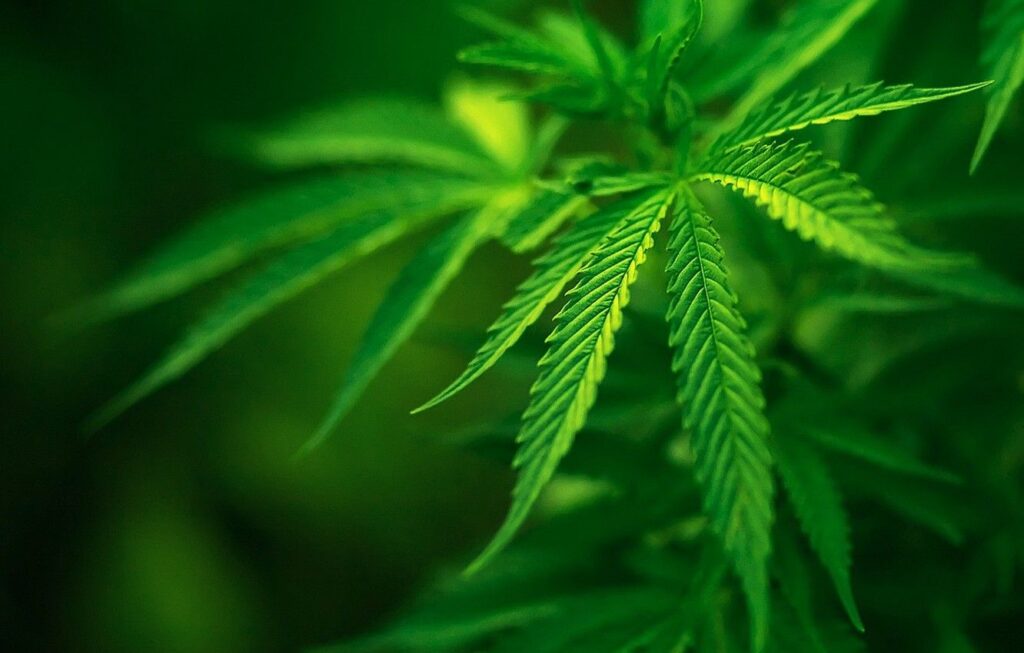
The advantages and disadvantages of growing hemp in a greenhouse or outdoors is a complicated topic. It can simply depend on differences in local regulations, resource availability or personal preference. However, most often hemp that is grown in a greenhouse can yield denser flowers that produce higher percentages of CBD, which is made in resin glands called trichomes. Greenhouse farming also typically has greater water efficiency compared to outdoor farming, but the energy costs are typically higher due to use of supplemental lighting and environmental controls.
On the contrary, if low-cost land and water are readily available you may want to opt for a multi-acre outdoor field that can be more easily managed with large farming equipment. There are many more considerations to take into account when designing an industrial hemp production facility, so consulting with an expert before investing in any large endeavor is always recommended.
Conditions Necessary for Growing Hemp
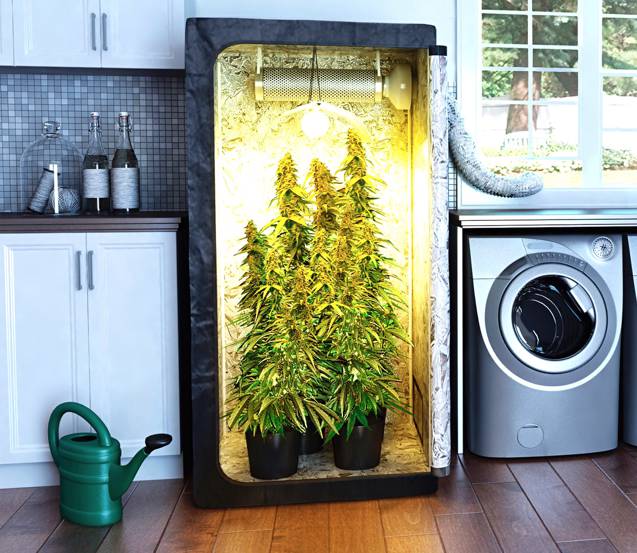
Hemp naturally grows over most climatic conditions but doesn’t do well in mountainous or arid environments. The climate ought to be balanced – neither too cold nor extremely hot.
Hemp does well with:
- A warm climate
- Soil or growing medium with good drainage capabilities
- Sufficient water and light
Hemp plants don’t require a consistently moist soil environment, watering is really only needed when the soil appears to start drying up. Overwatering can actually lead to root rot, mold, fungus gnats and other problems. Hemp roots tend to stay shallow in the soil and grow outward after reaching a depth of a couple feet, so soaking too deep shouldn’t have too much of a positive benefit either.
When planting and growing hemp seeds they should be immersed and covered in the soil. Transplanting should only be done a minimal amount of times to most effectively manage your entire growing operation. Transplanting shocks your plants, so doing it too often will slow growth and lower your yields. Instead, try to only transplant a maximum of once, when moving the seedlings from the early vegetative stage to their final rooting location.
Transplanting once still allows you to keep young plants in small pots that can easily be moved around and cared for; then, after determining each plants sex it can be moved to a larger container or the ground where the roots will grow freely for the remainder of the plants life.
Frequent Concerns Among Hemp Farmers
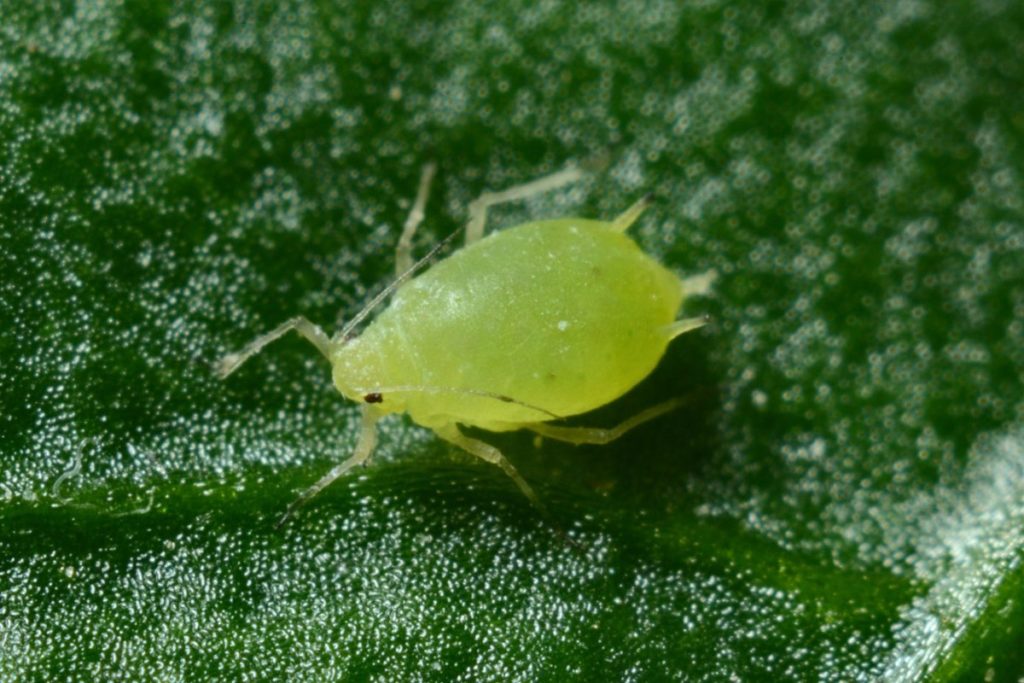
Getting high-quality seeds can be a potentially difficult task when it comes to growing hemp for CBD production. As we mentioned above, hemp and hemp products must contain less than 0.3% THC to maintain compliance with Thai FDA regulations. Now this previous 0.3% has been raised to 1%.
Finding a hemp variety that consistently produces these low levels of THC in your growing environment, produces high percentages of CBD, has robust growth traits and is mold resistant, etc. can be a trial-and-error process that requires testing different varieties in different growing methods. Talking with experienced hemp farmers and cultivation consultants can help you properly select which varieties will work best for you.
Secondly, differentiating between male and female hemp plants can be one of the most time and resource consuming tasks to do – with severe consequences if not done properly. This is especially true when a grower wants to harvest hemp for CBD production because roughly half of all non-feminized seeds are going to be male. Waiting up to two months to identify plant gender can limit the overall productivity of a farm by not maximizing space and time used to maintain desirable female plants. Further, waiting to visually inspect plants actively costs resources such as water, electricity, labor, nutrients and pest control.
CBD is a popular new supplement that is getting huge attention across the world. Getting ahead of the curve is never easy, but there will clearly be many unforeseen opportunities in the hemp and CBD industry for the pioneers who are clever enough to figure it out.
Farming Hemp for CBD Production
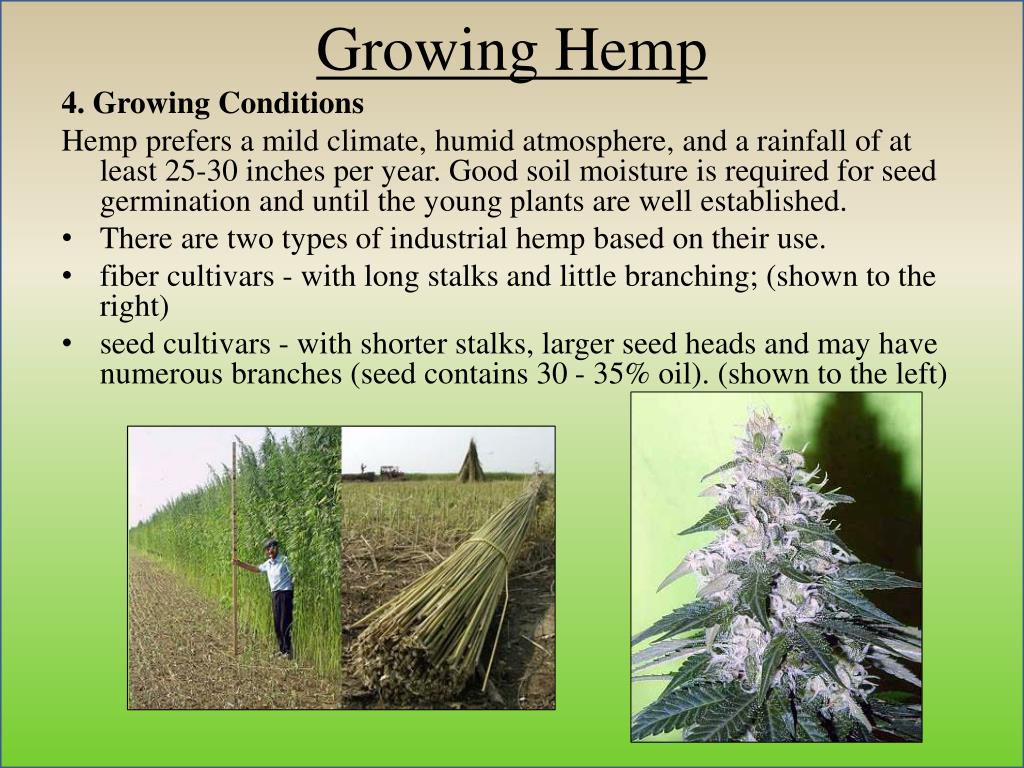
Most farmers have a plethora of questions when it comes to growing hemp for CBD production. To meet the increasing demand for CBD, having high quality Hemp Genetics grown from seed will be crucial. There needs to be full consideration of all the different factors from sowing seeds to managing plant growth, harvesting and product preparation.
Hemp and CBD are becoming competitive industries, so having the right strategy to help you succeed is more essential than ever. This industry is expanding incredibly rapidly and knowing all facets of how this plant is grown and processed will help you be a better producer and consumer of hemp and CBD products.
What is Hemp?
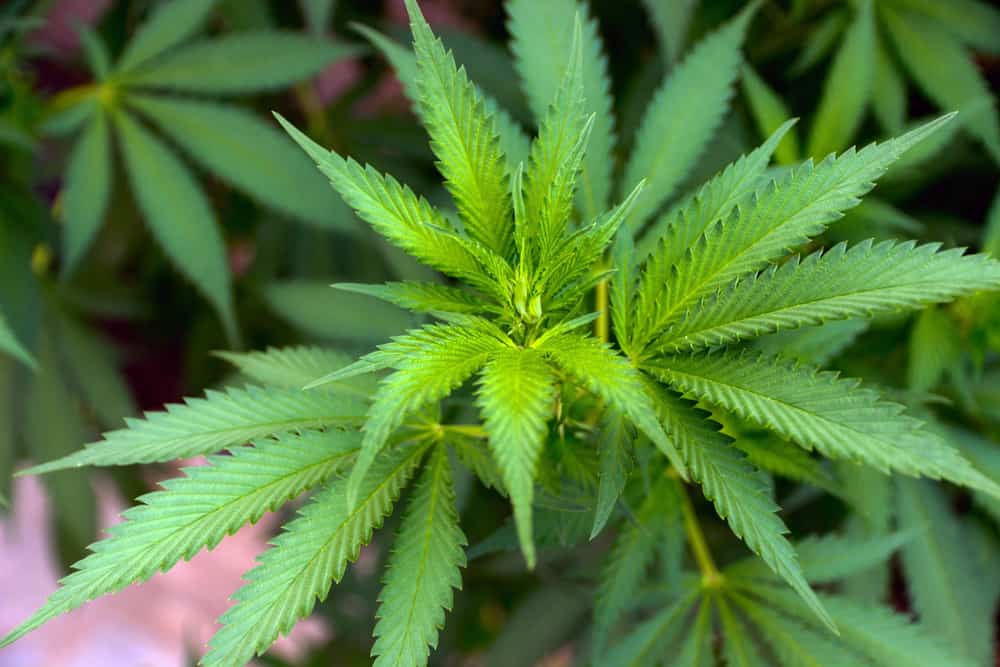
Hemp consists of many varieties of cannabis that all have low levels of THC (was legally defined as below 0.3% and now it is 1%), which essentially guarantees the plants will have minimal psychoactive properties. Just to be clear, hemp is not a different species or a subspecies of cannabis. This is because they can be interbred and produce viable offspring, which is the biological definition of what separates species.
In contrast to typical medical cannabis varieties, most hemp varieties have been bred to have large and thick stalks that are rich in fiber, or to produce large flowers with many seeds that can be used for seed oil production. Hemp varieties also typically have lower total cannabinoid and terpene content than medical cannabis strains, except for some molecules such as CBD.
This is why many Hemp Farmers have started Hybridizing different varieties in recent years. Hybrids of hemp and cannabis varieties can be bred to obtain plants that have high overall flower resin (cannabinoids and terpenes) content and produce CBD as the dominant cannabinoid, instead of THC.
Most varieties of hemp, particularly the ones that produce high levels of CBD, are dioecious (meaning they have separate male and female individuals). Plants typically begin showing signs of sex/gender around the age of 8-10 weeks old, or when they are forced to enter the flowering stage by reducing the amount of light exposure over a 24 hour period.
This can be a problem if farmers aren’t able to identify Male plants as they enter flowering stages. A male plant won’t produce resinous flowers, instead it will pollinate nearby females and cause them to produce less flower resin in exchange for seeds. If you’re intending to grow for CBD, this can be disastrous.
Growing Hemp
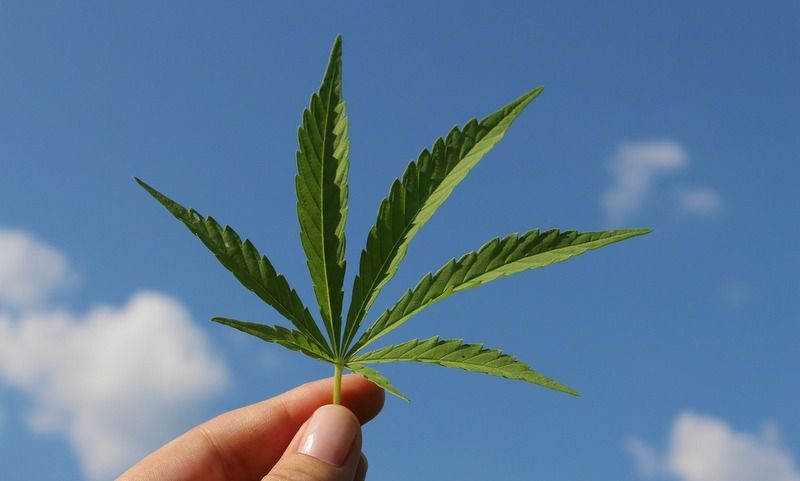
Female hemp plants are relatively easy to grow when subjected to the right conditions. These plants don’t consume a lot of water compared to some other crops, which is good news for commercial farms. To grow the biggest and highest CBD producing plants, you’ll want to provide a nitrogen-rich medium for the vegetative stages and a more potassium and phosphorous-rich environment for the flowering stages.
Achieving a successful nutrient regime can be accomplished in a variety of ways depending on how you plan to grow. Which brings us to the next point – should you grow outdoor our in a greenhouse?
The advantages and disadvantages of growing hemp in a greenhouse or outdoors is a complicated topic. It can simply depend on differences in local regulations, resource availability or personal preference. However, most often hemp that is grown in a greenhouse can yield denser flowers that produce higher percentages of CBD, which is made in resin glands called trichomes.
Greenhouse farming also typically has greater water efficiency compared to outdoor farming, but the energy costs are typically higher due to use of supplemental lighting and environmental controls.
On the contrary, if low-cost land and water are readily available you may want to opt for a multi-acre outdoor field that can be more easily managed with large farming equipment. There are many more considerations to take into account when designing an industrial hemp production facility, so consulting with an expert before investing in any large endeavor is always recommended.
Conditions Necessary for Growing Hemp
Hemp naturally grows over most climatic conditions but doesn’t do well in mountainous or arid environments. The climate ought to be balanced – neither too cold nor extremely hot.
Hemp does well with:
- A warm climate
- Soil or growing medium with good drainage capabilities
- Sufficient water and light
Hemp plants don’t require a consistently moist soil environment, watering is really only needed when the soil appears to start drying up. Over-watering can actually lead to root rot, mold, fungus gnats and other problems. Hemp roots tend to stay shallow in the soil and grow outward after reaching a depth of a couple feet, so soaking too deep shouldn’t have too much of a positive benefit either. Just remember quality Soil and amendments!
When planting and growing hemp seeds they should be immersed and covered in the soil. Transplanting should only be done a minimal amount of times to most effectively manage your entire growing operation. Transplanting shocks your plants, so doing it too often will slow growth and lower your yields. Instead, try to only transplant a maximum of once, when moving the seedlings from the early vegetative stage to their final rooting location.
Transplanting once still allows you to keep young plants in small pots that can easily be moved around and cared for; then, after determining each plants sex it can be moved to a larger container or the ground where the roots will grow freely for the remainder of the plants life. I use “Peat Pots” then you can simply stick the whole Container and Plant into the Ground. Avoiding Transplanting altogether. I tear the Bottom of the Peat Pot off, prior to placing into the Ground. This “Method” saves one loosing a week or two of Growth.
Is Farming Hemp for CBD Profitable?

To answer the question, Yes. Hemp and CBD have a multitude of uses. Regardless of whether it’s sold in oil form, isolate, vape pens, tinctures, edibles or whatever. After harvesting Hemp you can process in a variety of ways to either preserve the raw flower (which you can Smoke) or extract the CBD and other cannabinoids and terpenes.
If you don’t want to do extraction yourself, there are many companies specializing in cannabinoid purification techniques and food preparation from hemp.
If your able to produce Quality Hemp Products. I have a few Buyers. Contact me at: https://thailandhempfarms.com/. We also have an MOU in place as well.
Yes if your able to grow a few Kilos it is Profitable. And Fun! Cannabis is a Wonderful Plant. I have known this for over 40 Years. I have seen my Best friend in Hawaii serve 7 yrs in Prison over Cannabis and our beliefs that a Person can use Cannabis.”
Kevin Leopard
Thailand Hemp Farms https://thailandhempfarms.com/
Hemp also has the benefit that the byproducts such as seeds and stalk material can be sold for a profit. The fibrous stalks can be used for many purposes ranging from creating a concrete like building material called Hempcrete to making paper or creating high tensile strength fibers that can be used to create an entire Airplane!
Seeds can be sold as food or further processed to produce hemp seed oil which is highly nutritious and helps with a variety of skin conditions. Demand is high for hemp material due to the wide variety of potential uses and as new applications are found the demand is only expected to increase.
Getting high-quality seeds can be a potentially difficult task when it comes to growing hemp for CBD production. As we mentioned above, hemp and hemp products must contain less than 0.3% THC to maintain compliance with Thai Regulations. Finding a hemp variety that consistently produces these low levels of THC in your growing environment, produces high percentages of CBD, has robust growth traits and is mold resistant, etc. can be a trial-and-error process that requires testing different varieties in different growing methods. Talking with experienced hemp farmers and cultivation consultants can help you properly select which varieties will work best for you.
(THIS IS AN OLD POST!)
Secondly, differentiating between male and female hemp plants can be one of the most time and resource consuming tasks to do – with severe consequences if not done properly.
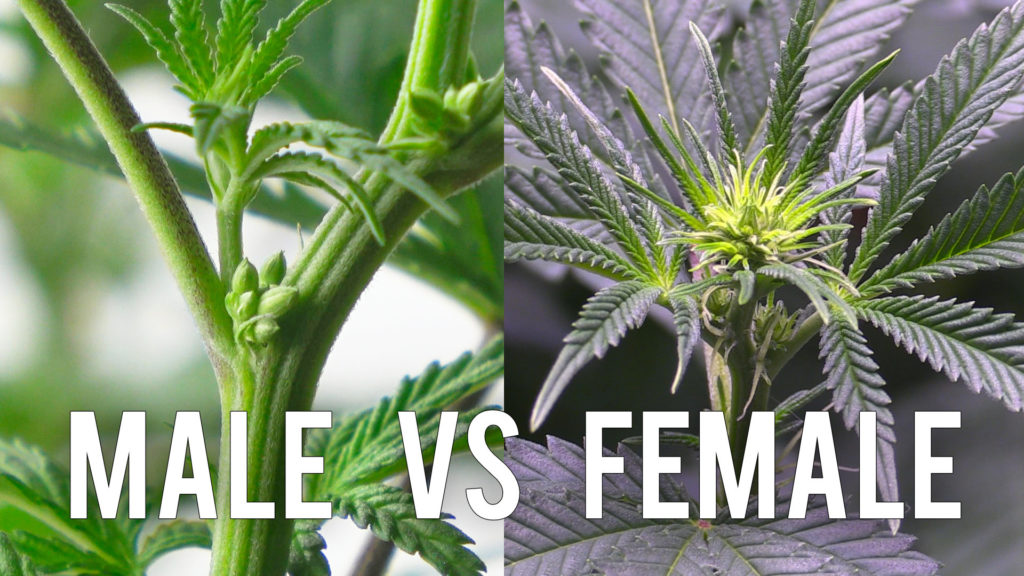
This is especially true when a grower wants to harvest hemp for CBD production because roughly half of all non-feminized seeds are going to be male. Waiting up to two months to identify plant gender can limit the overall productivity of a farm by not maximizing space and time used to maintain desirable female plants. Further, waiting to visually inspect plants actively costs resources such as water, electricity, labor, nutrients and pest control.
Lastly, now that growing hemp is legal (with the Proper Licensing) across Thailand. I have 3 Licenses. There can sometimes be stiff competition when it comes to selling the final CBD products. However, this is a rare case as the demand to consume CBD-related products from hemp has been nothing but exploding. Whether you decide to sell your harvested hemp flower to a specialized product manufacturer or embark on your own extraction and product development journey, it’s still early and a great time to join the industry.
CBD has been widely investigated as a cannabinoid with Confirmed anticonvulsive, anti-inflammatory, analgesic, anti-nausea, anti-anxiety, antipsychotic, anti-epileptic, and antitumor properties, exerting no effect on normal cells. In particular, the remarkable antioxidant properties of CBD have been associated with its neuroprotective activity.

In closing, CBD is a popular new supplement that is getting huge attention across the world. Getting ahead of the curve is never easy, but there will clearly be many unforeseen opportunities in the hemp and CBD industry for the pioneers who are clever enough to figure it out.
Kevin
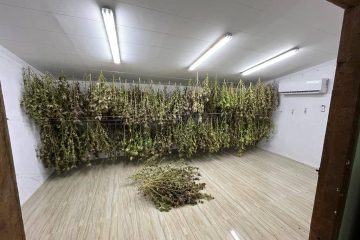
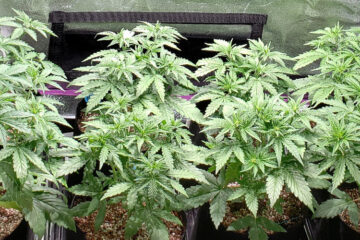
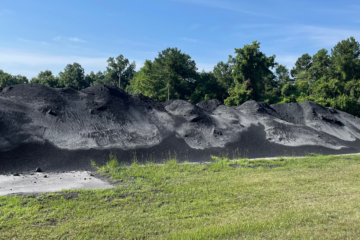
0 Comments